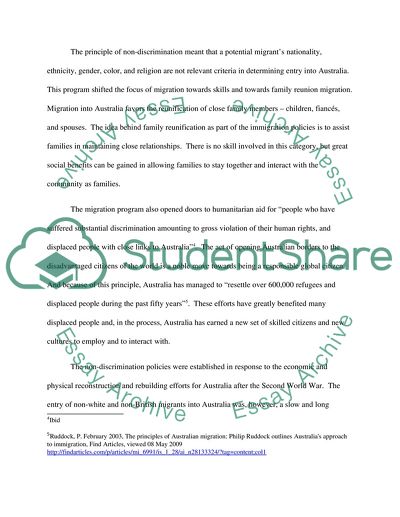Cite this document
(Australias First Immigration Policy in the Post-World War II Era Research Paper, n.d.)
Australias First Immigration Policy in the Post-World War II Era Research Paper. Retrieved from https://studentshare.org/history/1723868-australia-history-research-essay
Australias First Immigration Policy in the Post-World War II Era Research Paper. Retrieved from https://studentshare.org/history/1723868-australia-history-research-essay
(Australias First Immigration Policy in the Post-World War II Era Research Paper)
Australias First Immigration Policy in the Post-World War II Era Research Paper. https://studentshare.org/history/1723868-australia-history-research-essay.
Australias First Immigration Policy in the Post-World War II Era Research Paper. https://studentshare.org/history/1723868-australia-history-research-essay.
“Australias First Immigration Policy in the Post-World War II Era Research Paper”, n.d. https://studentshare.org/history/1723868-australia-history-research-essay.


